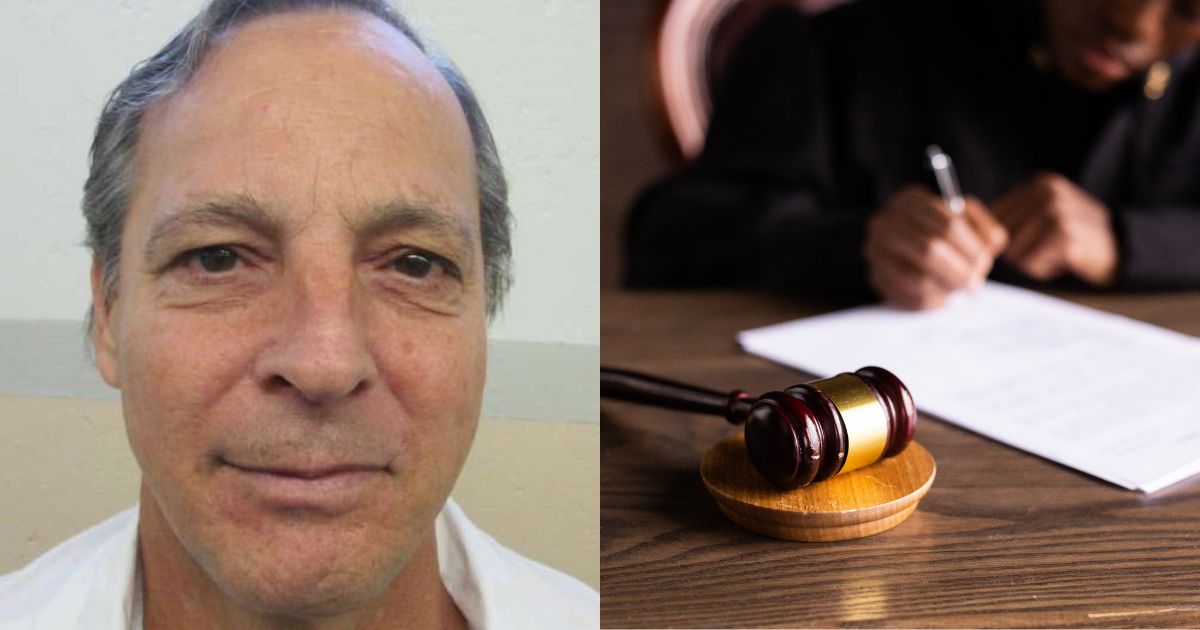He’s not “your typical death row inmate,” according to Gregory Hunt. In a recent phone conversation, he declared, “I don’t have no pity party.” “You know, I’m just fighting until they put out my light or I get a break.” Hunt, in his 60s, is scheduled to be executed by nitrogen gas on Tuesday in Alabama for the 1988 killing of Karen Lane, barring legal intervention.
Hunt stated that his strong spirituality is the reason he isn’t scared to die as the execution draws near. His remarks also highlighted the lack of resources available to death row inmates to file legal challenges, in which “the state has the advantage,” he added, reports WBHM.
Litigation involving the death sentence is seen as a complex and dangerous area of the law. However, Hunt has filed lawsuits “pro se,” which means he is representing himself in court, in at least two courts in recent weeks. Hunt said that federal defense lawyers are unable to assist him with files in certain courts and that he was unable to locate a lawyer to represent him. The federal defender’s office attorneys chose not to comment.
According to criminal defense lawyer Richard Jaffe, who has experience with capital cases, inmates frequently file pro se lawsuits. He clarified that Alabama takes the stance “that if a jury convicted someone, then that’s good enough” and makes minimal contributions to supporting attorneys for post-conviction legal counsel. “Obviously not having lawyers to make legal challenges is a disadvantage, significantly,” Jaffe said.
According to a statement from the attorney general’s office, Hunt “continues to receive assistance from counsel,” refuting reports that he is operating without legal representation. “Portions of Hunt’s filings are clearly the product of an attorney,” it reads. “Moreover, the documents themselves must have been produced by counsel, as death-row inmates do not have access to the sort of word processing software necessary to produce these well-formatted documents.”
According to Hunt’s court pleadings, recent rulings by the Supreme Court may lead to a reassessment of his case. They also cast doubt on some of the evidence, such as a broomstick that was discovered alongside Lane’s body and that the prosecution said was used to sexually attack her.
EXECUTION ALERT –
Stop Execution of #GregoryHunt (See my Twitter)
Execution by nitrogen gas asphyxiation for Gregory.
Contact Governor Ivey
334-242-7100https://t.co/utzRwpDG45
Talking Points: https://t.co/z24Yk8CAw6
Execution: June 10, 2025@GovernorKayIvey pic.twitter.com/VdnEZPGBfZ
— Attika Ghalem (@Attika_t) June 2, 2025
During Hunt’s trial, a serologist stated that the stick had human cells. Prosecutors said it might be cervical mucus from an assault, according to Hunt. However, he discovered that Lane had a hysterectomy, which left her without a cervix. The matter is in dispute because Hunt was eligible for a death sentence under Alabama law due to claims of sexual assault.
Attorney general’s office attorneys responded in court that Hunt’s allegations were “meritless” and that some of them had already been brought up. They stated that additional evidence suggested that Lane had been sexually assaulted and that a witness had stated that the mucus might have originated from another orifice.
Hunt will be the fifth person executed in Alabama using the contentious nitrogen gas technique, which has received criticism from some medical professionals and human rights advocates. Alabama is one of only two states that have implemented the approach, and it was the first in the country.
I just took action with @CMNEndtheDP to urge Gov. Ivey and the Alabama Board of Pardons and Paroles to stop the execution of Gregory Hunt.
Will you join me? https://t.co/1ICMeUeyDt
— Mary Nordkvelle (@nordkvelle) June 4, 2025
In 1990, Hunt was found guilty by a jury of three counts of capital murder. According to court documents, he had been seeing the victim, Lane, for almost a month. Records show that Lane, 32, was born in Jasper, Alabama. Hunt’s cousin’s apartment is where she was murdered. According to a pathologist, among her injuries were a broken nose, a shattered cheekbone, and broken ribs.
Prosecutors presented evidence against Hunt, including a bloody palm print and testimony from a jailhouse snitch. During the punishment phase, the jury was split, with 11 out of 12 voting for the death penalty even though they all agreed that Hunt was guilty as charged.
Hunt claimed that he was only allowed to use a computer for legal research for a few hours each week at the William C. Holman Correctional Facility in Atmore, and that he had to buy stamps in order to mail letters. He thinks his schooling is about tenth grade.
Hunt said before he entered prison, he had serious psychological problems. “It was just me, God, Bible, and worship, and the Holy Spirit helped me get a right mind. That took years, to get rid of the insanity,” he said.













